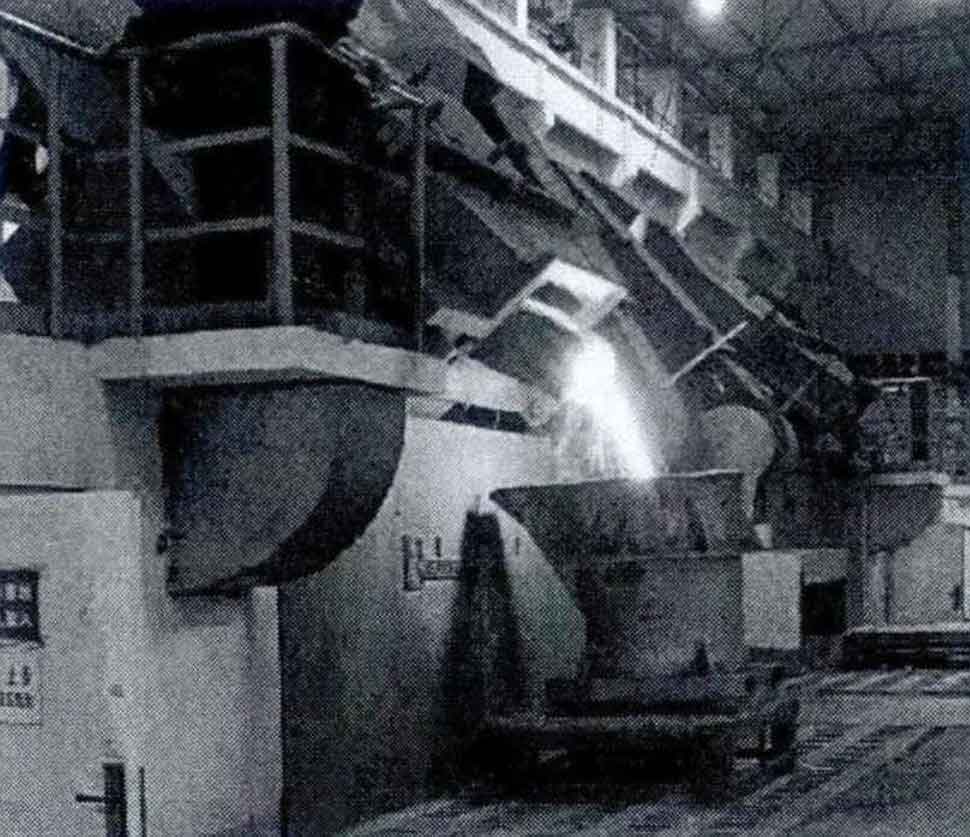The foundry industry is a vital part of many sectors, from automotive and heavy machinery to infrastructure and construction. Grey cast iron, with its unique properties and advantages, has made a significant impact on cost-effective production in the industry. This article will explore how grey cast iron contributes to enhancing cost-efficiency in foundry operations.

Excellent Castability
Grey cast iron is known for its excellent castability. Its fluidity when molten allows it to fill complex moulds accurately and reproduce intricate designs with precision. This high castability means fewer casting defects, leading to less waste and rework, saving both time and resources.
Good Machinability
Grey cast iron displays superior machinability compared to many other metals. The graphite flakes in its structure provide a degree of self-lubrication, reducing tool wear and making it easier and quicker to machine. This leads to increased productivity and lower machining costs, as less time and fewer tools are needed to complete the work.
Minimal Post-processing
Given its good surface finish after casting, components made from grey cast iron typically require less post-processing (such as grinding or polishing) compared to those made from other materials. This further contributes to cost savings in the overall production process.
High Wear Resistance and Durability
Grey cast iron exhibits high wear resistance and durability, making it suitable for producing parts that are subject to high stress or wear. The durability of grey cast iron parts means fewer replacements are needed over time, leading to lower long-term costs for end users, and this durability can also be a selling point that helps foundries win business.
Recyclability
Grey cast iron is highly recyclable, which is an important factor in its cost-effectiveness. Scraps, defective castings, and other waste can be remelted and reused, reducing the need for new raw materials and the associated costs. This not only contributes to cost savings but also supports sustainability in the foundry industry.
In conclusion, the impact of grey cast iron on cost-effective production in the foundry industry is significant. Its excellent castability, good machinability, minimal post-processing needs, high wear resistance, durability, and recyclability all contribute to reducing production costs and enhancing operational efficiency. These factors combined make grey cast iron an invaluable material in the foundry industry.
